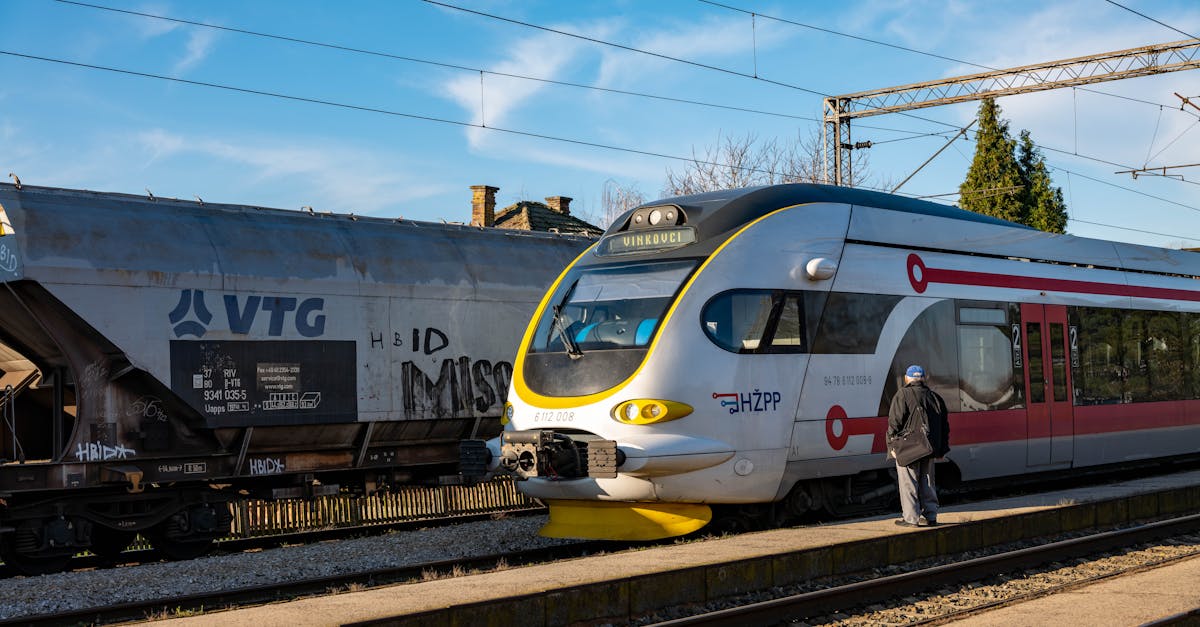The government has announced new, stricter safety standards for overnight train travel, aiming to enhance passenger safety and reduce risks associated with long-distance rail journeys. These proposed changes come in response to growing concerns about accidents and security issues on overnight routes. 🚆
Why the New Standards?
Recent incidents involving overnight trains have highlighted gaps in current safety protocols. The government's proposal focuses on:
- Improved emergency exits: Ensuring quick evacuation in case of accidents.
- Enhanced surveillance: Installing more cameras and monitoring systems.
- Better lighting: Reducing dark spots in train compartments.
- Staff training: Mandating regular safety drills for crew members.
Key Changes in the Proposal
The draft regulations include several significant updates:
- Mandatory safety inspections before departure.
- Real-time tracking of trains to monitor speed and location.
- Stricter baggage checks to prevent hazardous materials onboard.
- Increased penalties for non-compliance by railway operators.
Here’s a quick comparison of current vs. proposed standards:
Impact on Passengers
Passengers can expect:
- Safer journeys with fewer risks.
- Higher ticket prices due to increased operational costs.
- Delays during the transition period as operators adapt.
What’s Next?
The proposal is open for public feedback for 60 days. Stakeholders, including railway companies and passenger advocacy groups, are encouraged to submit their opinions. Final implementation is expected within a year.
Conclusion
These stricter safety standards mark a significant step forward for overnight train travel. While adjustments may be inconvenient initially, the long-term benefits for passenger safety are undeniable. Stay informed and share your feedback to shape the future of rail travel! 🎯


